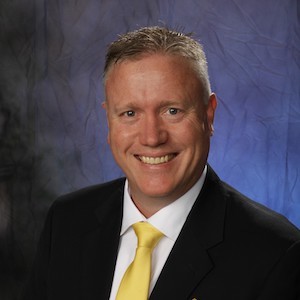How can a Leader Use Data to Impact Learning and Teaching?
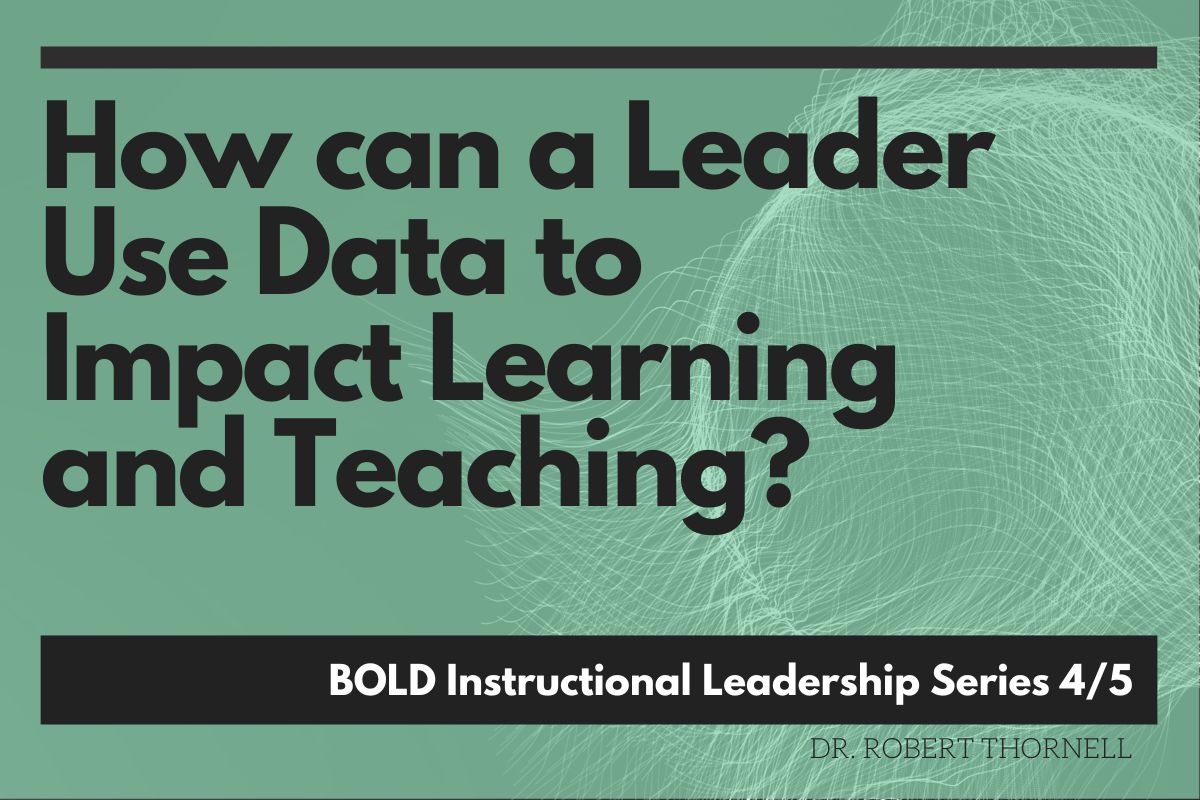
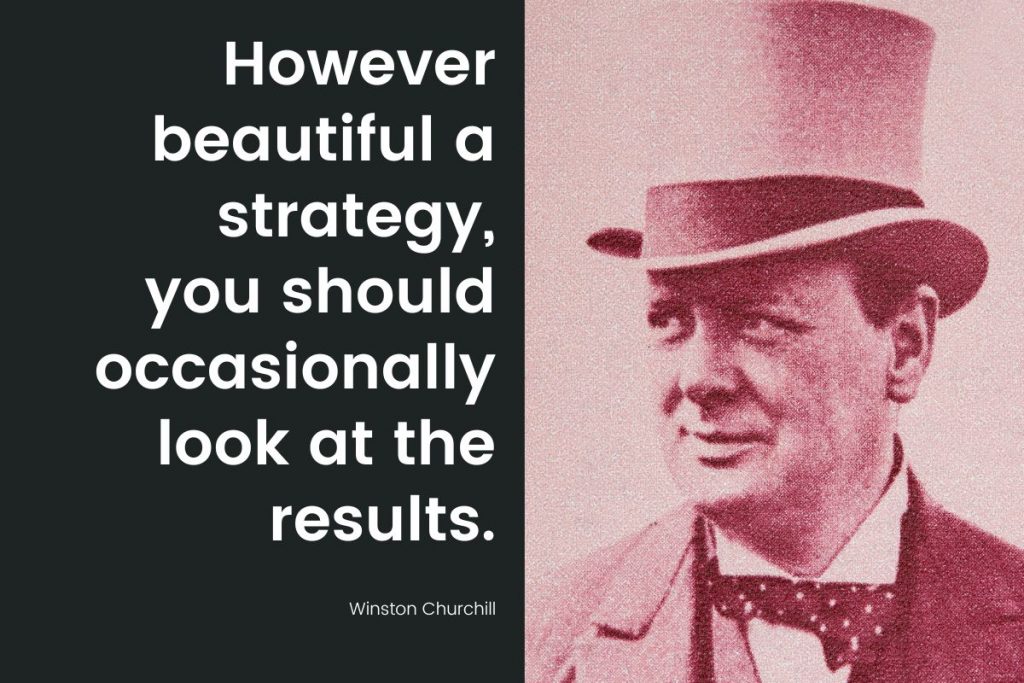
Bold Instructional Leadership is a decision a school leader makes every single day. Some of those decisions come in the form of planning, hiring, setting up systems, etc. to create a culture of learning, but others involve actually implementing and monitoring a system. In Part 1 of our series, What Does It Mean To Be An Instructional Leader?, we examined some of the research around why instructional leadership is so important as well as the characteristics of exceptional school leaders. Part 2, How Can An Instructional Leader Impact The Curriculum? explored ideas and activities school leaders can put in place to enhance and support the curriculum. In Part 3, How Can A Leader Impact Instruction? We shared some of the ways school leaders can impact learning and teaching on their campus. This section offers new ideas and reminders on how school leaders and their staff can use data as a tool for improvement.
Culture of Data Use
One of our biggest challenges as educators remains trying to determine what data is most important and then using it to improve our craft. If teachers and students do not believe in an assessment, the data it provides (no matter how accurate) will be rendered useless. It can be incredibly difficult to build trust in assessment, but assessment literacy provides a basis for building that needed trust and credibility.
I encourage you to challenge yourself to think differently about information overload and how to provide teachers with confidence in assessment by placing time and effort into how to use formative assessment in particular to impact instruction. When the investment of time and expertise has gone into high-quality curriculum and planning, and if the instruction has been responsive to student needs, then the information gathered can and should drive both the assessment and the next steps for learning.
Developing a culture of inquiry around practices and results allows teachers to develop ways to trust data and school leaders and provides time and space to complete a cycle of learning that includes curriculum, instruction, and assessment on the pathway to improved ambitious instruction in the classroom and across your campus.
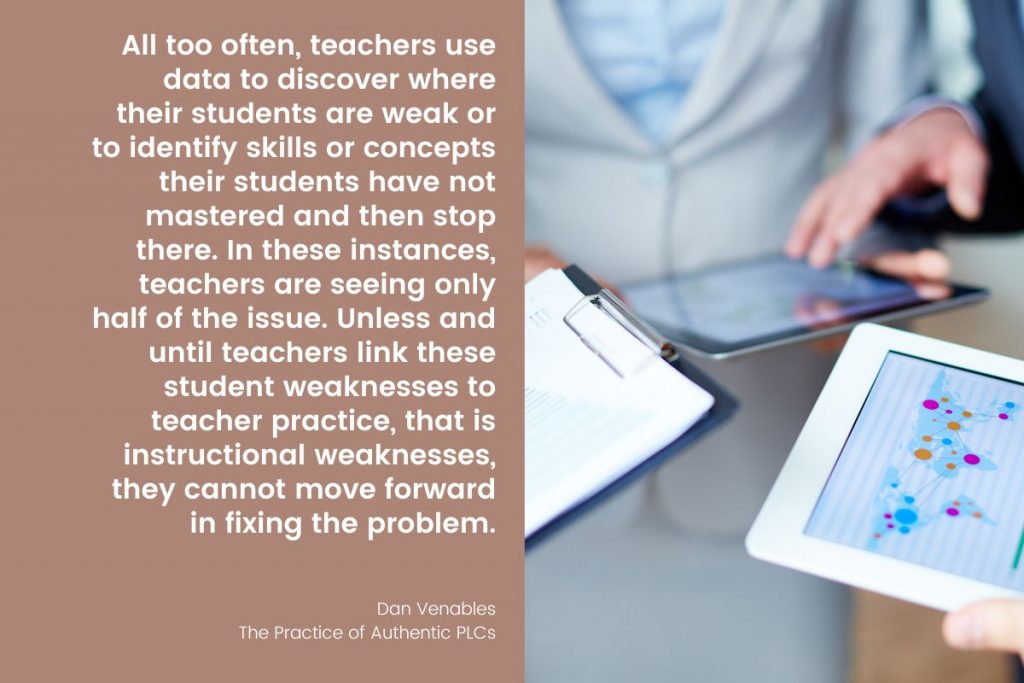
Multiple Measures of Data
One of the most important jobs of a bold instructional leader is determining what are the most important things to garner their attention. This can be difficult with all the information and questions in front of us each day. In addition, some things, like students’ well-being, may be difficult to assess. However, Everything You Do in Schools is Quantifiable – Really by Victoria Bernhardt shares the importance of developing a culture of inquiry that includes measures other than just test scores when trying to access the results. By reviewing data in areas such as demographics, student learning, perceptions, and processes, a leader can get a clearer picture of what is happening at the school ensure that the needs of ALL students are being met. It has become popular for administrators to have a “data dashboard” and it is a good idea to find a way to highlight what is most important to you. The Key To Educational Improvement: Data and How We Use It may supply just the road may you need to combine the appropriate measures and bring them into focus for your campus.
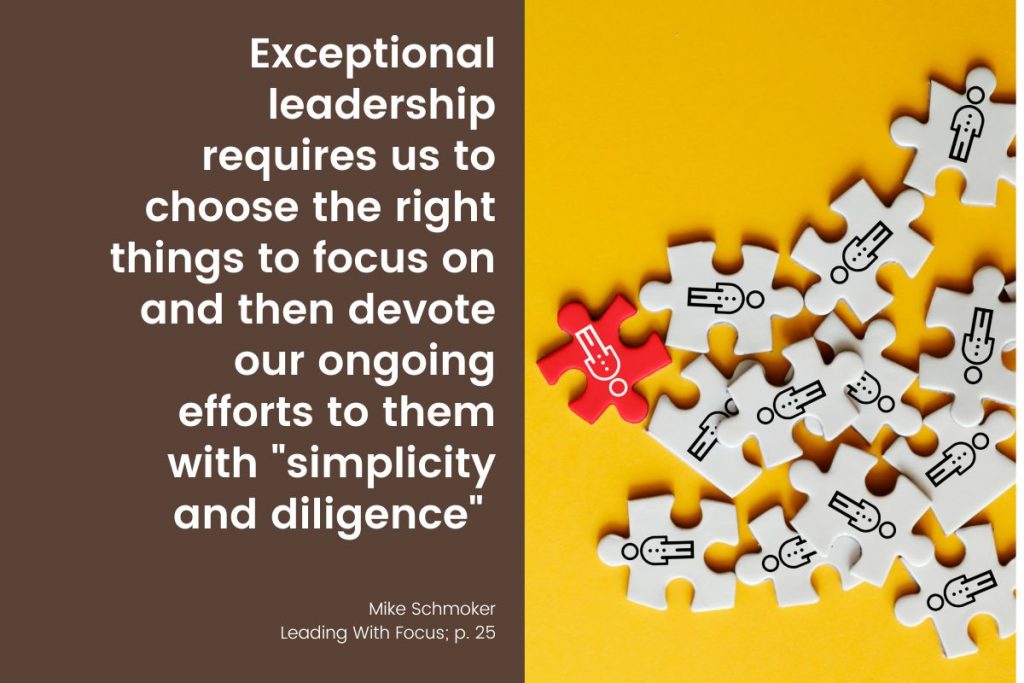
Data Rich, Information Poor
Almost every school in America is data-rich, but one of our biggest challenges remains trying to determine what data is most important and then using it to improve learning and teaching.
A few years ago, I started asking school leaders to try and think differently about the information they were collecting about their school. I began advocating for more of an inquiry-based approach. Asking good questions about our practices may lead us to a better understanding of our results. Other professions, such as scientists, doctors, police officers, etc. often collect multiple sources of data to address a specific area. As they collect more data, they become experts and they also begin to sort through the information to determine which is the most important or may have the biggest impact to identify a solution or next level of work. Leaders that develop a culture of data inquiry will find that the curiosity they foster can be the catalyst for change in practice if the right questions are explored.
Repeatedly, school administrators meet with teachers and work to break down barriers for school improvement. Yet, no matter how well-intended they may be, everyone is working with their own set of assumptions about what is working and what is not. Rarely are educators able to solve student achievement problems without a common understanding of what problem it is they are trying to solve, but more importantly, rarely do they take time to examine the evidence of impact in a non-biased, research-based manner. Educators, perhaps more than any other profession, use their heart and their gut to make assumptions about what works best for their kids. However, this poses a problem in several ways. In the book Instructional Rounds, it is pointed out:
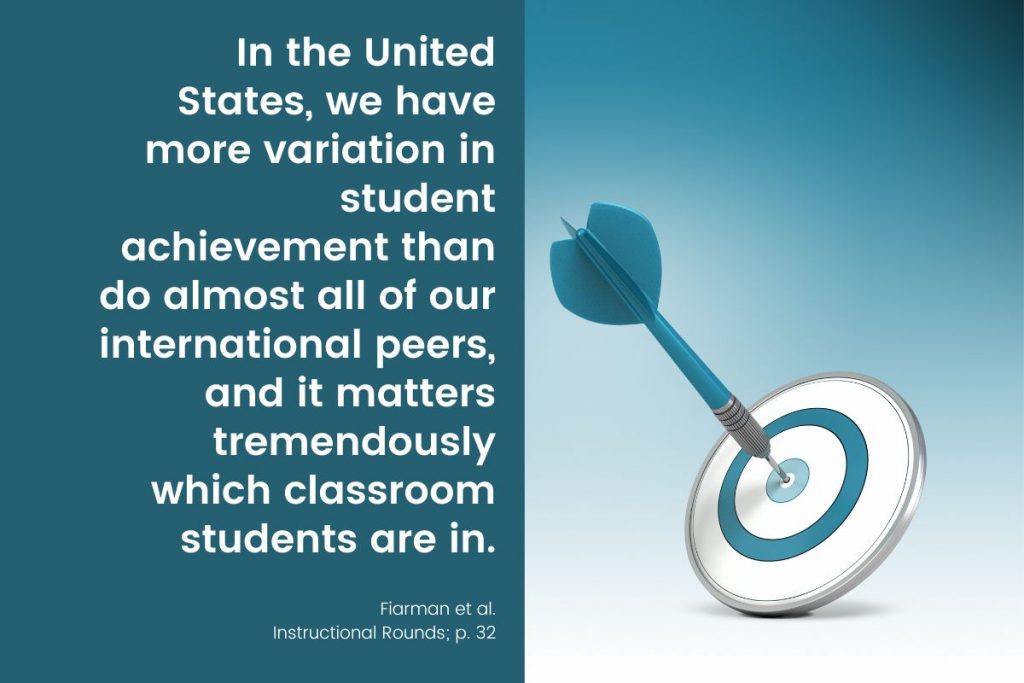
How PLCs Do Data Right
In order to ensure teacher collaboration and alignment, it is essential that PLC time with teachers is used not only to plan for learning but to learn from the data to inform instruction. Samples of How PLCs Do Data Right can be plentiful but the key is to aspire to consistency in developing protocols and an effective schedule in order to provide guidance for intentional data-driven discussions at periodic times. Often valuable information is missed because time is not taken to learn from the data either to adjust future instruction or identify the immediate needs of students.
Problem Identification or Problem Solving?
A final reflective question to consider for an instructional leader revolves around what I would call a data use audit. It starts with simple questions such as: Who has access to the data? Who uses it? What do they use it for? Most importantly, and probably most challenging, a Bold Instructional Leaders must move the data use in their building from problem identification; things such as attendance, discipline records, and test failures; into a transition of problem-solving. When we are using data for problem-solving, it is used to adjust or improve a practice or protocol. While this may seem like a subtle difference, it is powerful when trying to determine the effectiveness of a teacher, program, curriculum, etc. and to identify a process of improvement.
The role of a school leader is perpetually changing by the week, day, or even minute. The ebb and flow of the job can be stressful and demanding, so much so that many principals find it difficult to focus on being an instructional leader even when they want to. But remember, it is easy for any principal to fill each day with the countless number of questions or distractions that come their way. It is those same distractions that can keep a principal from meeting perhaps the single most important facet of their job: ensuring all students are learning and growing by receiving the ambitious instruction they so richly deserve.
More Learning
Coming soon in part FIVE Bold Instructional Leadership series, we will take a look at ways an instructional leader can plan for systems on their campus to make all these ideas work. If you would like to read more, you can also order my book Inside The Principal’s Office, which is designed to not only look at instructional leadership, but explore the other aspects of education’s toughest job.
I also hope you will consider registering for the on-line course Bold Instructional Leadership. In this asynchronous on-line course you will gain valuable insight and resources on how to enhance your instructional leadership.
This article is available and can be accessed in Spanish here.

